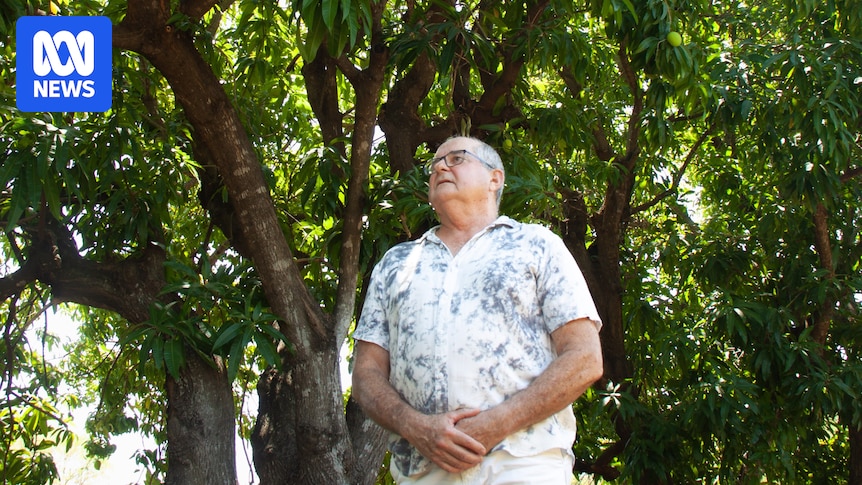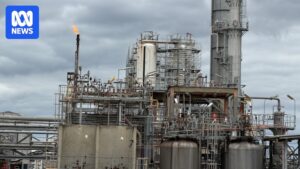
Abundant water resources, vast expanses of undeveloped land, and a strategic location near Asia once positioned northern Australia as the nation’s next major food bowl. However, this ambitious dream has largely wilted under the weight of economic pressures, logistical challenges, and the relentless impact of a changing climate.
Quentin Parker, founder of Parker Poynt Packhouse, has witnessed these changes firsthand. Having lived in the Ord Valley for nearly 40 years, Parker has seen the region—home to the highest average temperature of any mango-growing area in the north—transform dramatically. Despite maintaining about 460 mango trees on his property, the yield has dwindled significantly.
“Business was booming for a time,” Parker recalls. “But things changed after 2011. That year was the biggest; I processed 123,500 trays. The following year, it dropped to around 70,000. It felt like my throat had been cut.” Since then, the number of trays processed has decreased by about 10,000 annually, with only 2,500 trays processed in 2024 and an expected 500 this year.
Parker suspects climate change may be partly to blame, though he admits it’s difficult to pinpoint the exact cause. “I don’t know, we’re doing something wrong with the world,” he reflects. He describes the vision of northern Australia as a food bowl as a “pipe dream,” suggesting that without attracting a new generation of pioneers, the dream may remain unfulfilled.
Big Vision, Harsh Reality
Central to the food bowl vision were Lake Argyle and Lake Kununurra in Western Australia’s East Kimberley region. These lakes, formed by damming the Ord River in the 1960s and 70s, were integral to the Ord River Irrigation Scheme, which aimed to enable large-scale farming near Kununurra. Early plans envisioned the scheme transforming the remote north into a major food-producing region, cultivating crops such as cotton, sugarcane, and rice.
However, not everyone supported this vision. In 2014, then-agriculture minister Barnaby Joyce dismissed the notion that Australia could feed Asia’s growing population. “We only produce about one percent of the agricultural product of the world,” he stated. “To say this country is going to be a predominant player on the global stage is not correct. We couldn’t even feed half of Indonesia.”
Climate Risk Rising
The federal government’s newly released National Climate Risk Assessment predicts that northern Australia will face increasing hazards as global temperatures rise. Steve Turton, adjunct professor of environmental geography at Central Queensland University, warned that the region is nearing its “thermal limits” for cropping and cattle, effectively ending the food bowl dream.
“We are near the top of thermal limits for a couple of important tree crops like mangoes and avocados. [They’re] not getting enough cool nights in the winter when they need to flower or have fruit set.”
A New Role for the North
Allan Dale, chief scientist at the Cooperative Research Centre for Developing Northern Australia, believes the food bowl dream is outdated. “About 10 years ago, the idea of the north being the biggest, best food bowl for the wider south-east Asian region and beyond was really modified,” he explained. “There was a shift in language from the north being the food bowl to the north being a very targeted, very powerful agricultural development opportunity.”
Dale emphasized that the region has a crucial role to play, especially as southern Australia faces increased drought risk. “We know we’re going to have greater drought risk in the south, and if northern Australia gets its agricultural development right, then it actually becomes extremely important for Australia’s overall climate resilience,” he noted.
The path forward, according to Dale, requires strong collaboration across governments, industries, communities, and traditional owners to realize the region’s potential. As the climate continues to change, the future of northern Australia’s agricultural landscape will depend on innovative solutions and cooperative efforts.





